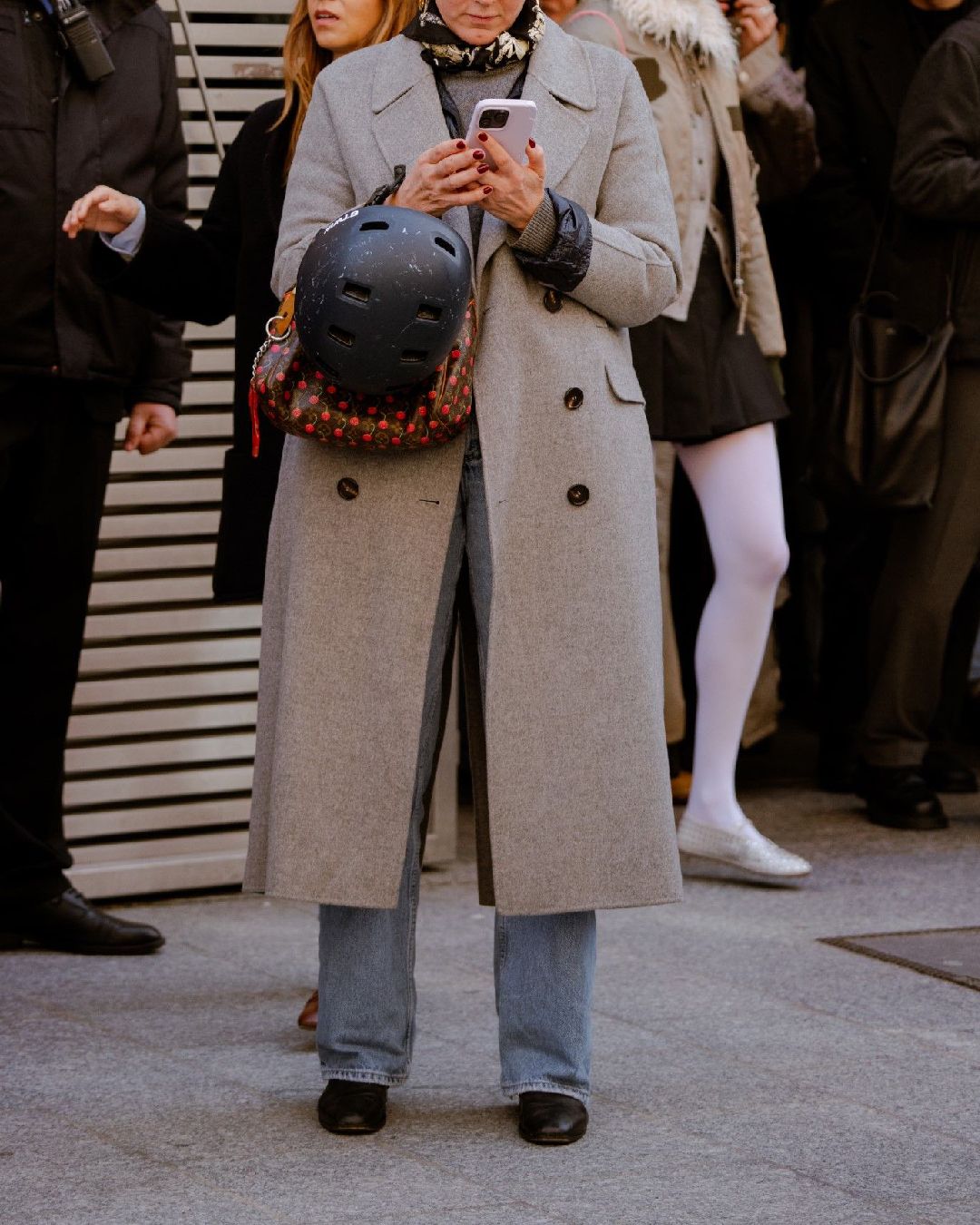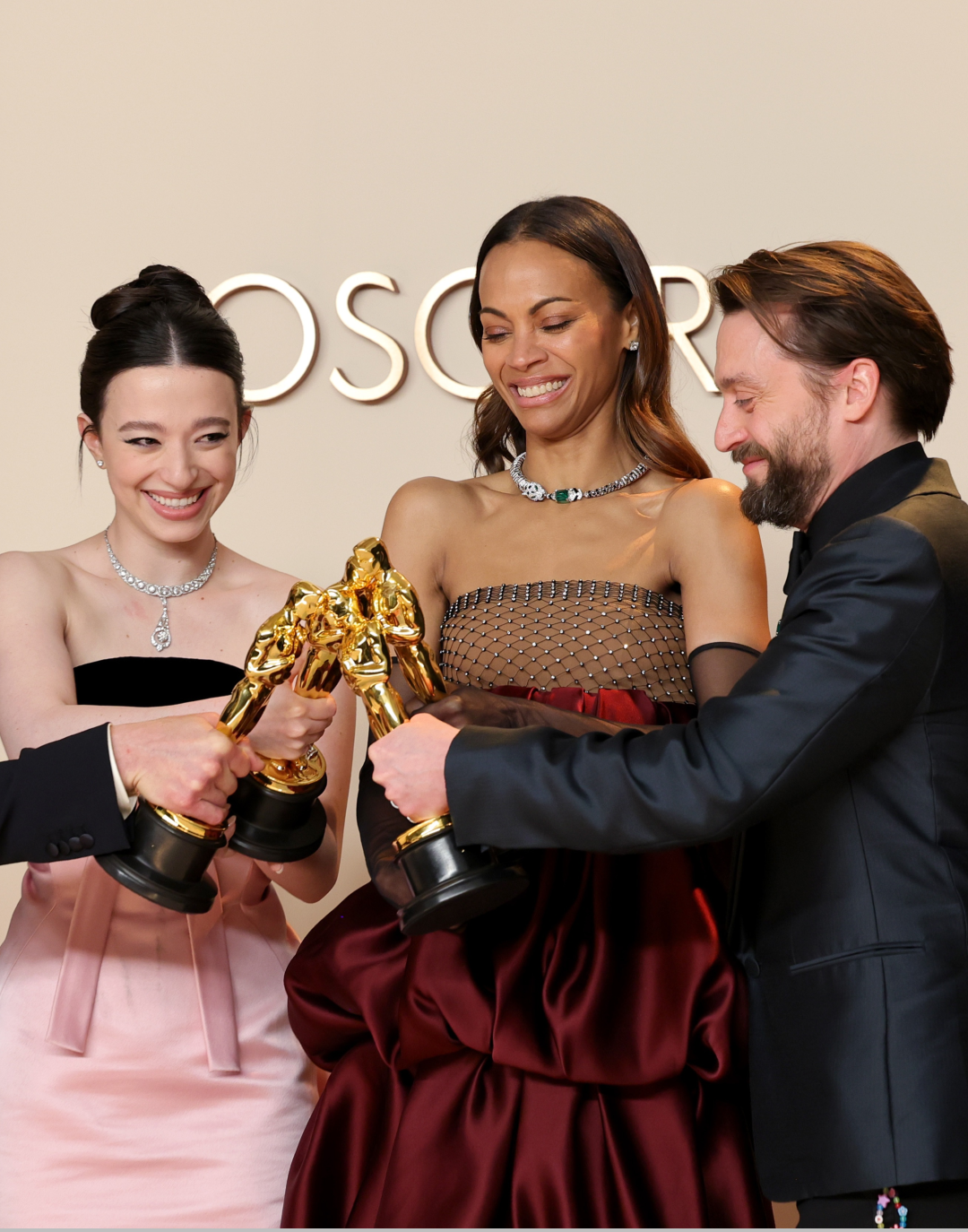
Why social media can't tackle its plagiarism issue Copying other people's memes has become a job
Faced with the enormous amount of content published online every day, more and more creators feel justified in copying the work of others, aware that they could get numerous views without anyone noticing the plagiarism. This trend is reinforced by the concrete possibility of profiting from their content on social media, but with the least possible effort. The practice is followed especially by those who rely on the sums that individual social media platforms distribute to creators for their content, often proportional to the number of views and advertisements. In this case, constantly creating and publishing new content makes a difference, often leading to not worrying about moving ethically. The dynamics of social media generate a lot of pressure on the creative process, which as such is characterized by highs, lows, or moments of discontinuity. It was the same functioning of social media that brought plagiarism into the limelight, encouraging it. Examples include challenges, where users film themselves performing an activity that someone else has already proposed before them, making the process go viral – such as choreographies on TikTok or the "Ice Bucket Challenge" from about ten years ago.
Why Content Recycling Works on Social Media
middle school: “plagiarism is unacceptable”
— Douglas A. Boneparth (@dougboneparth) November 15, 2023
high school: “plagiarism is unacceptable”
college: “plagiarism is unacceptable”
social media: “i stole your meme”
In purely legal terms, it is rare for someone to be accused of plagiarism and have to answer for it in court, also because the concept of intellectual property in case law is very nuanced. Regardless of the legality of the practice, the online content field is increasingly vast and profitable – hence many creators try to emerge by copying others' content. However, spreading the ideas and work of other creators without citing the source damages the entire social ecosystem, contributing to the presence of lower quality content compared to originals – which discredits the sector on one hand and alienates users on the other. To try to contain the problem, last year TikTok introduced a feature that allows you to cite the creators you were inspired by. Yet, in Italy, this issue has never really surfaced, even though the practice of taking content developed by foreign creators and translating it, passing it off as one's own is widespread – mostly because it's rare for anyone to notice, as few consume content in English. Reproducing an idea or format that has already worked abroad is indeed a way to ensure views without having to invest time and resources in coming up with an original idea.
The YouTube documentary on social media plagiarism
Last year, content creator Harry Brewis published an in-depth analysis of the extent of plagiarism on YouTube. Titled "Plagiarism and You(Tube)," the video lists various cases, including that of a YouTuber who a few years ago was accused of reusing his own game review, simply changing the subject in question. But "Plagiarism and You(Tube)," which circulated widely, mainly focuses on the case of James Somerton, a very well-known YouTuber who mainly publishes videos on historical themes. In some cases, his clips took, word for word, entire phrases from sources that were not cited, often created by other, less famous creators. After the accusation, Somerton lost about 50,000 followers, and his reputation was so tarnished that he decided not to offer his content subscription plan anymore, closing his profile on Patreon.













































